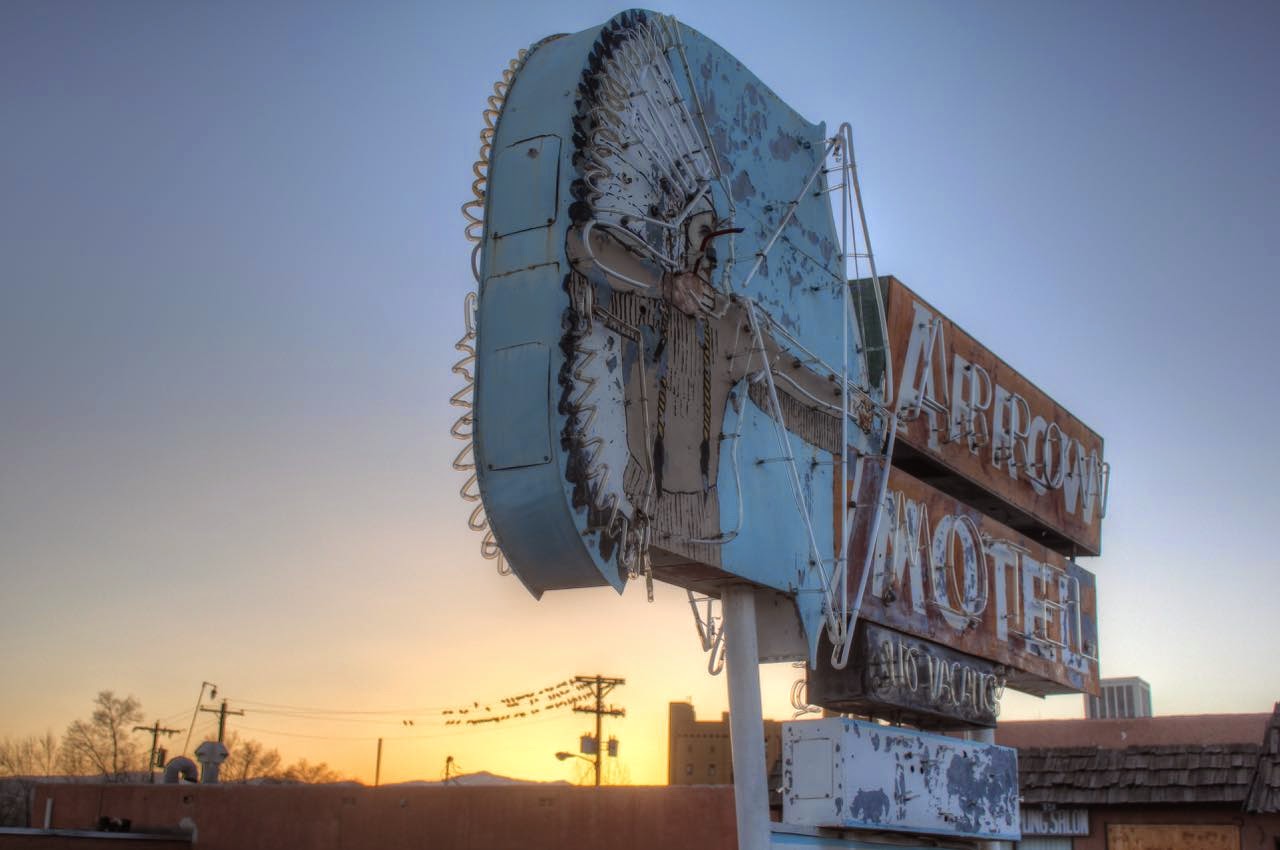It always amazes me how quickly it happens... Dull and dreary one day; sunny, alive, and green the next. The good news is that everything seems to have survived yet another wacky winter, including the Texas Red Bud we planted in the fall (in contrast to the previous two [Gawd bless their tree souls...] the landscaper insisted on planting in July-August). We've planted the garden and are fixing' to pull out the greenhouse plants today. Even the slime molds are happily sliming.
The builder and landscaper questioned the wisdom of planting a mountain laurel behind the fence just outside the office window, but it has been wonderful seeing its lavender blooms (and the cats love to 'chase' the bumblebees collecting nectar right outside). Chalk a point up to the landscape architect for this idea.
We still need planters for the back patio (what to do... what to do...) and a floating platform deck for the stage (don't get me started on trying to find a contractor that understands Modern design sensibilities ["Oh, you don't want to do that...']).
But the birds are singing, the sun is shining, and today is another great day!















.jpeg)






































